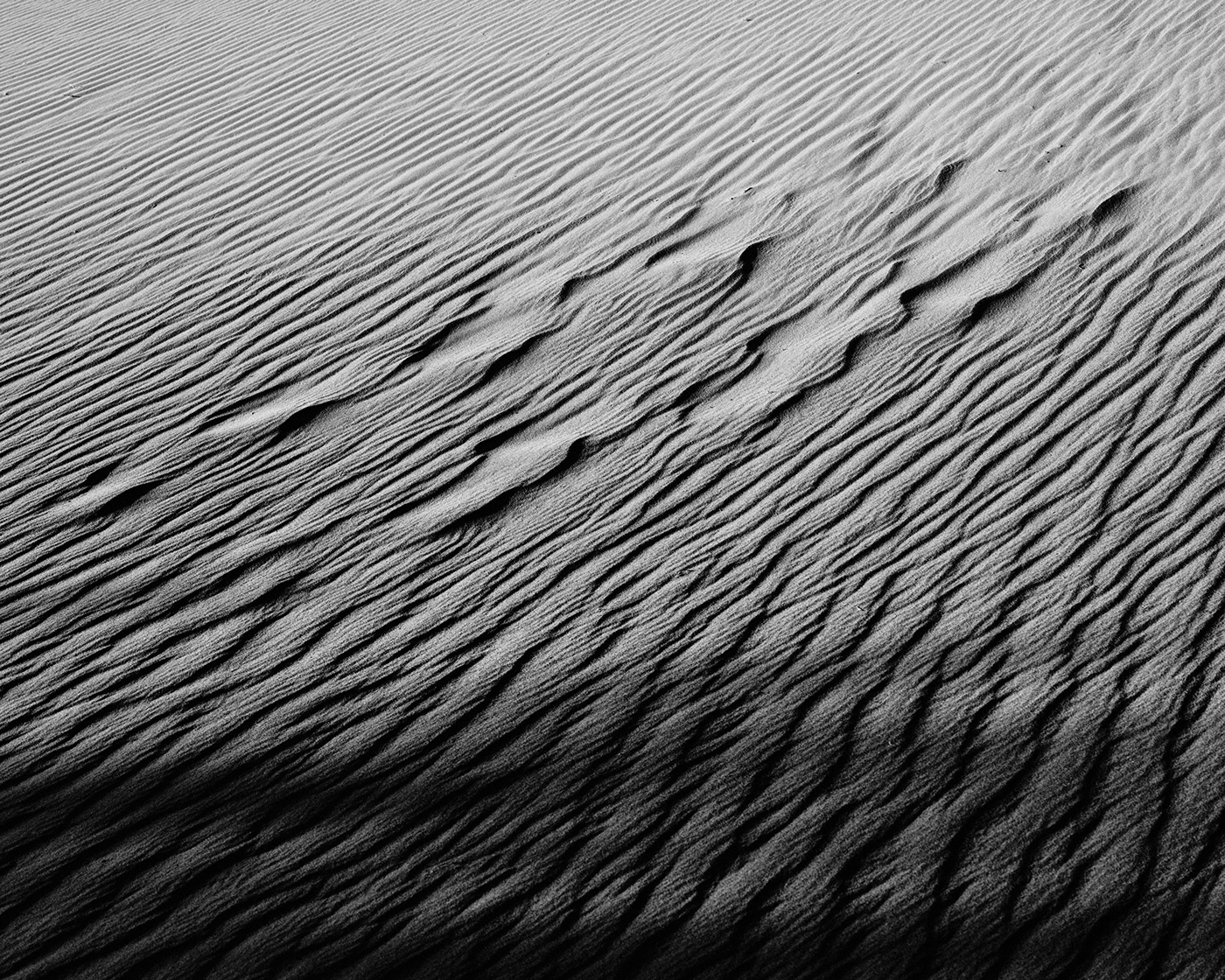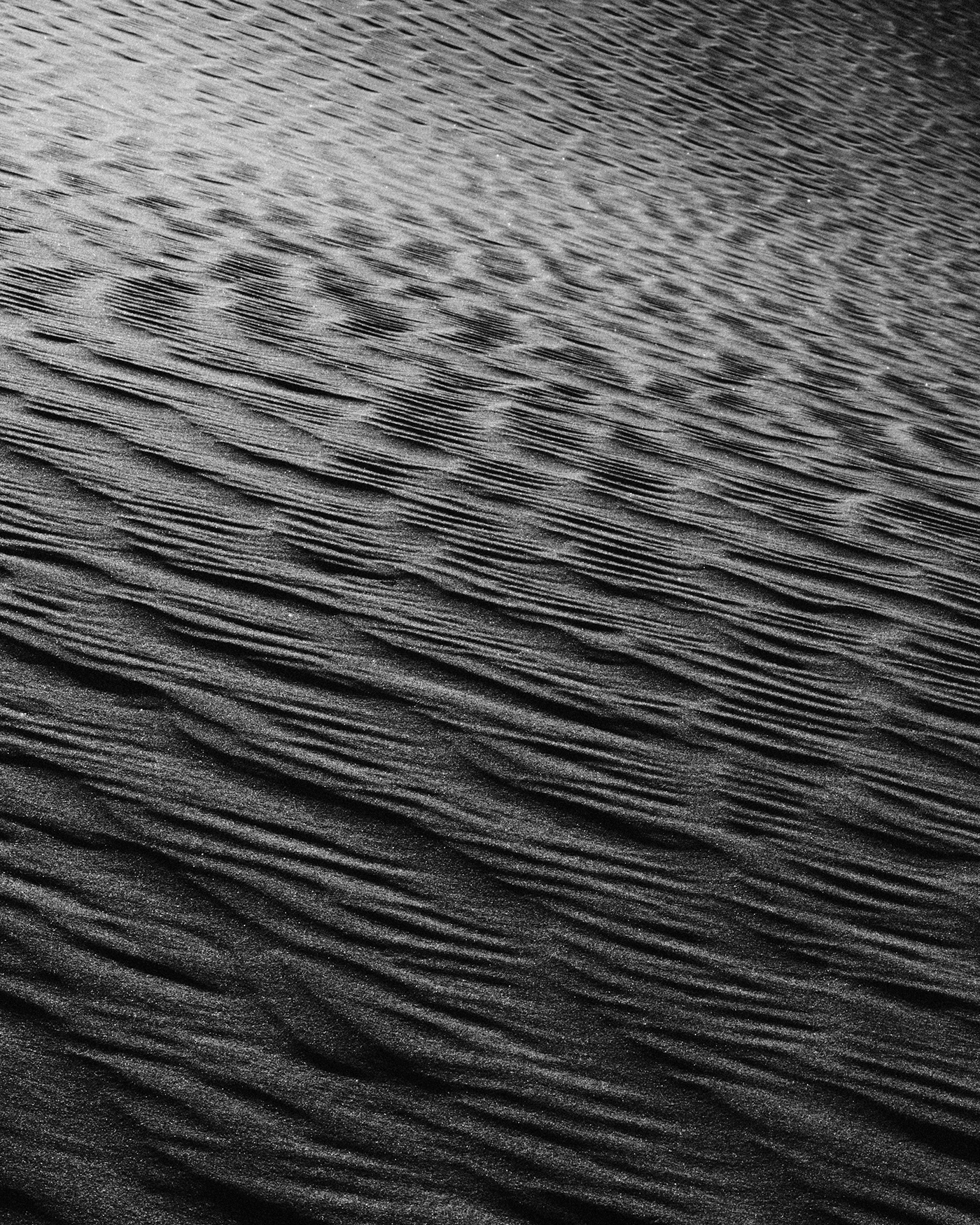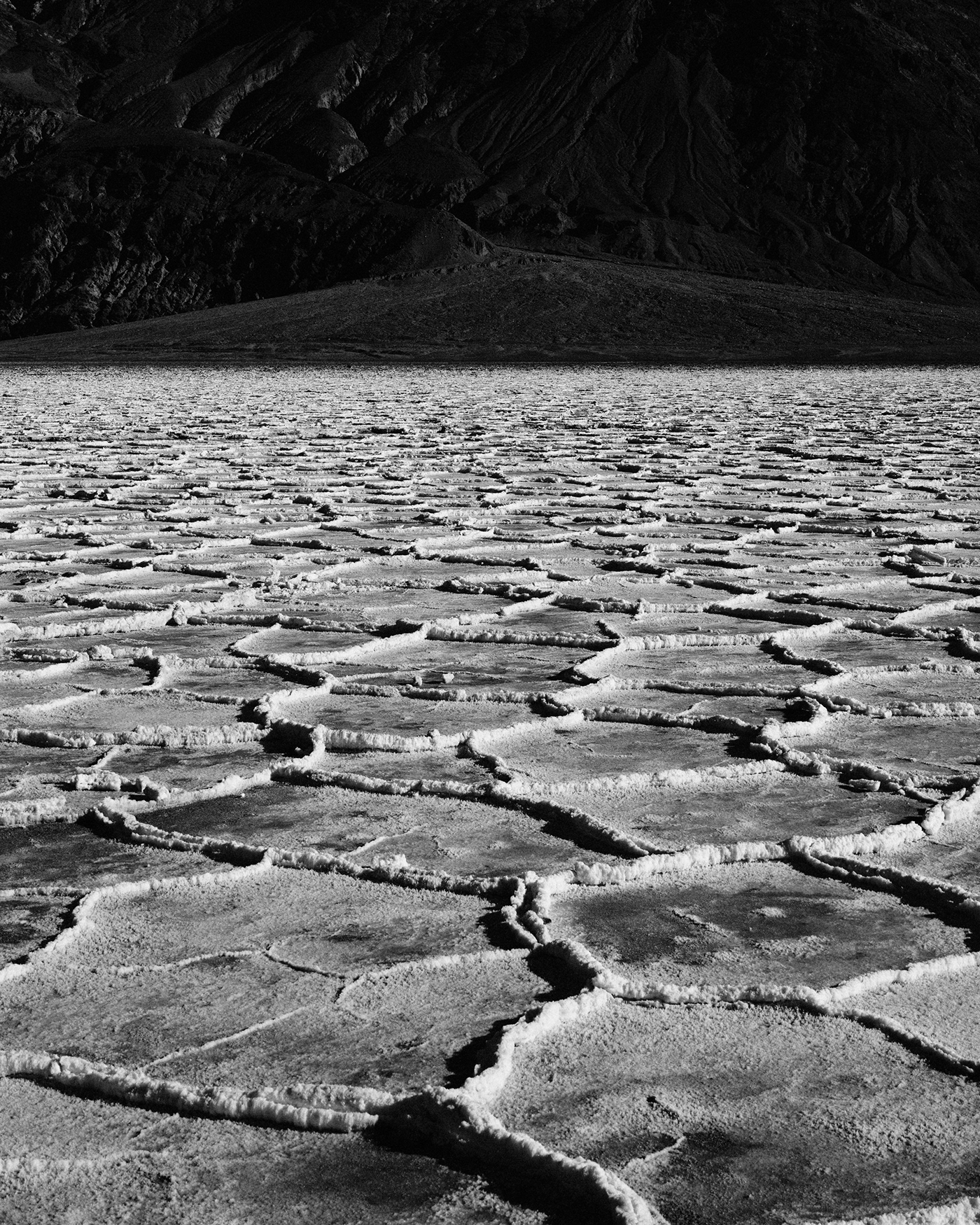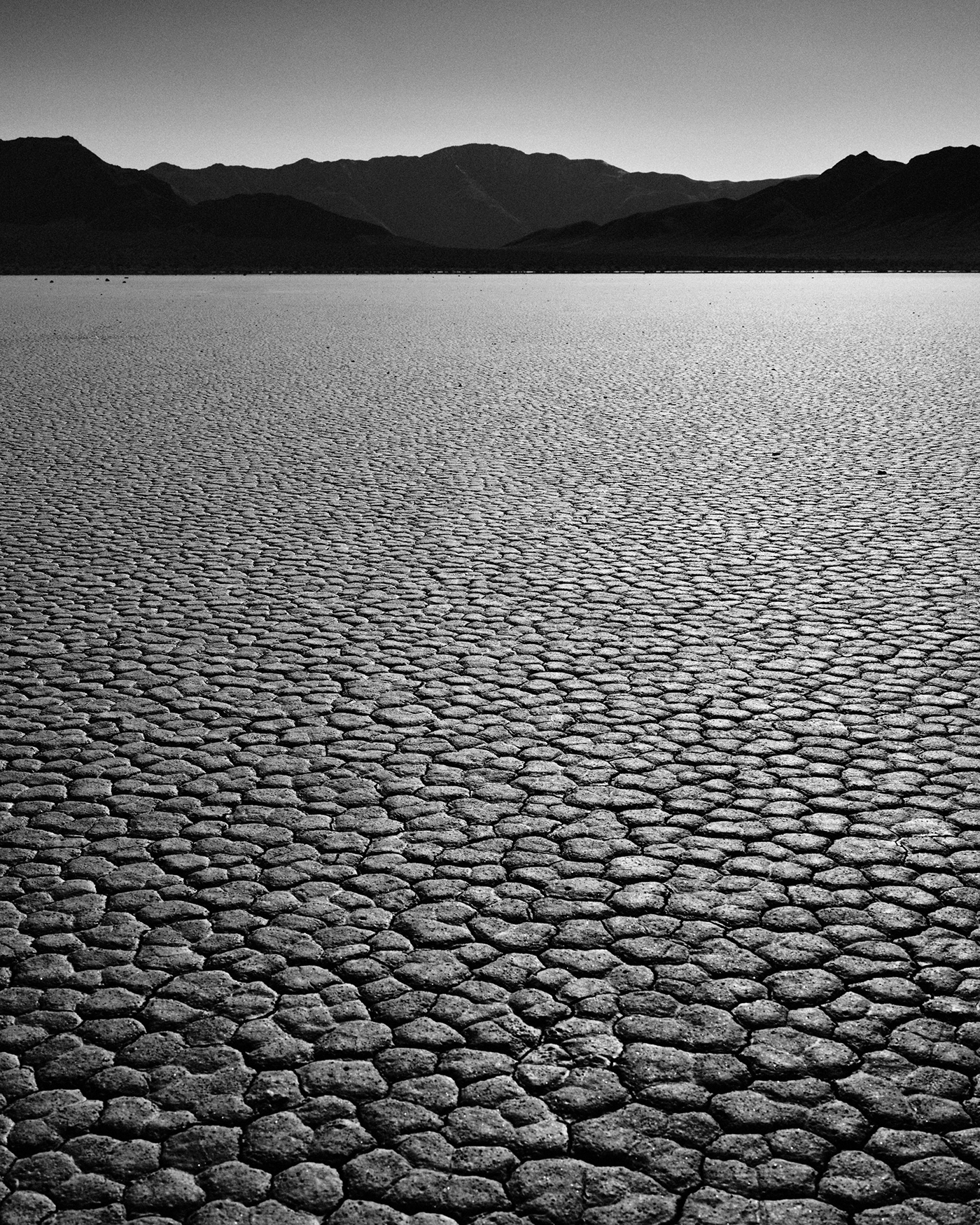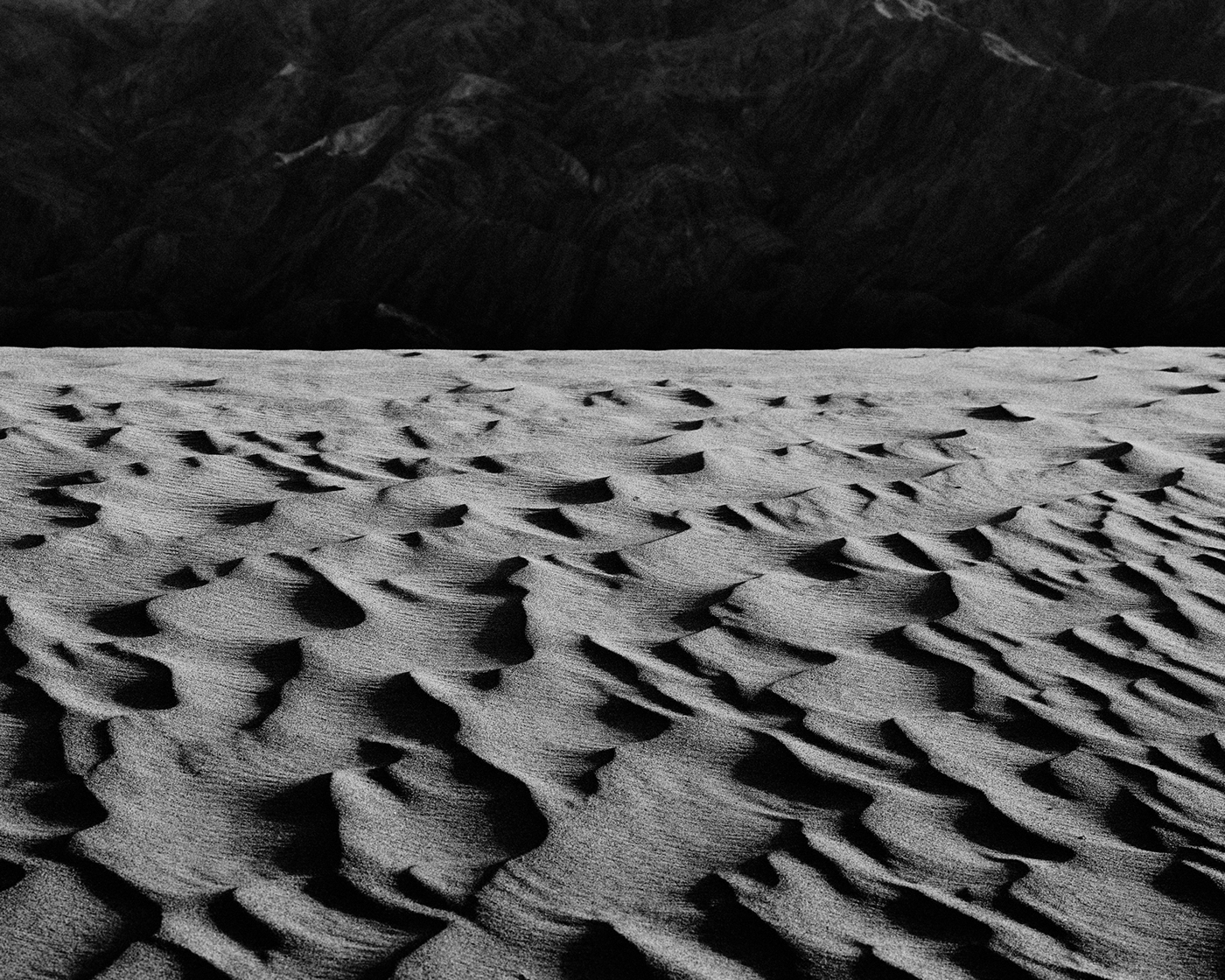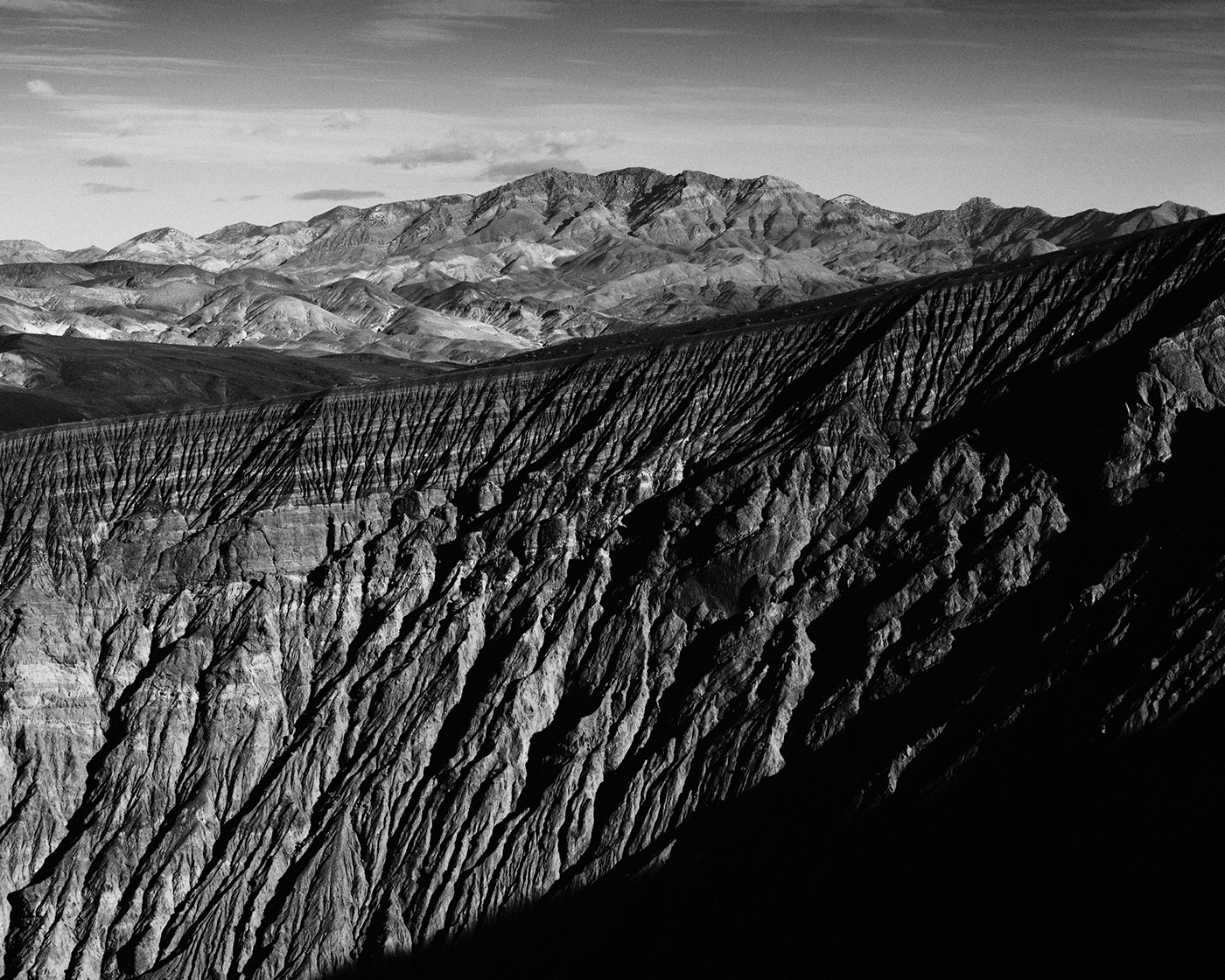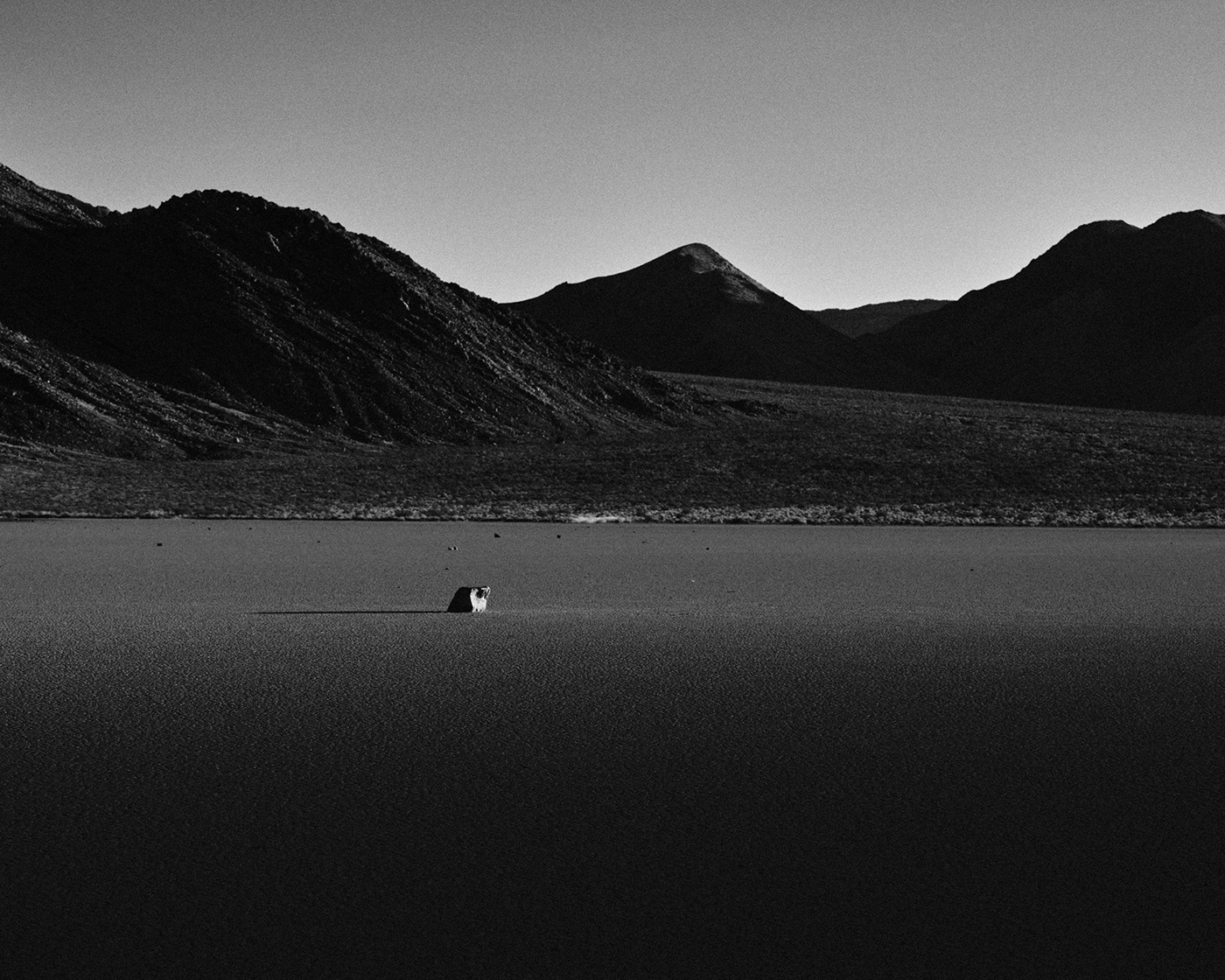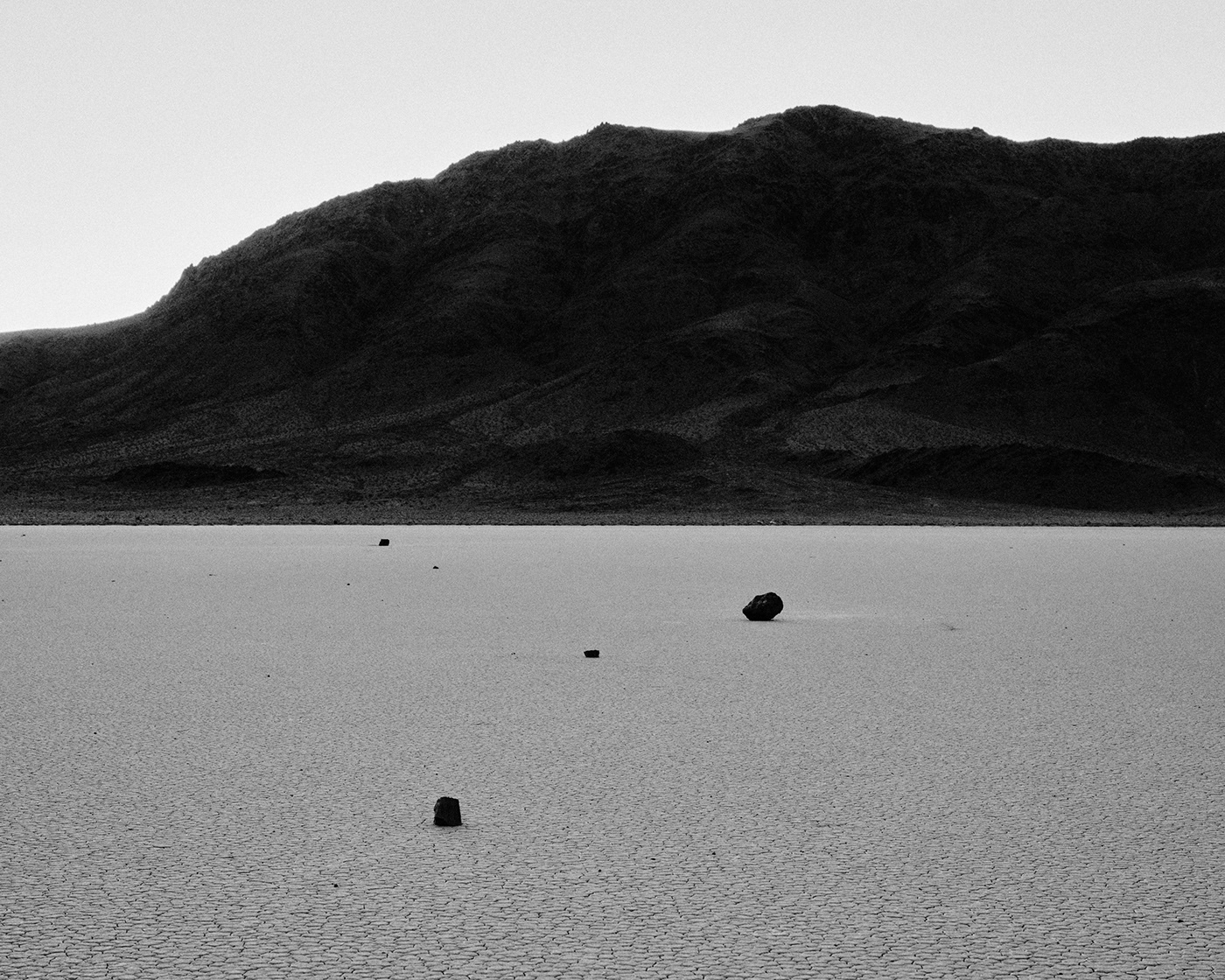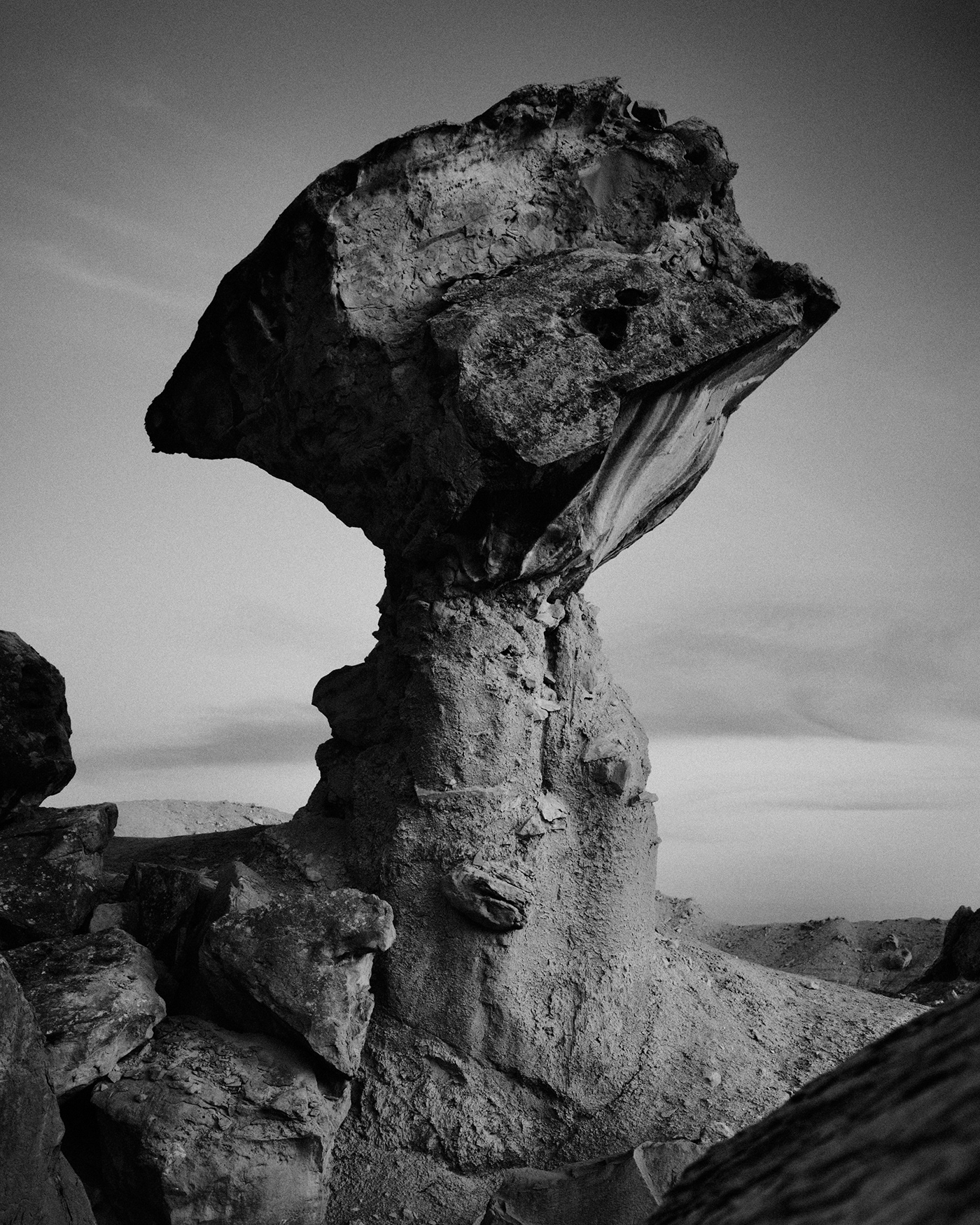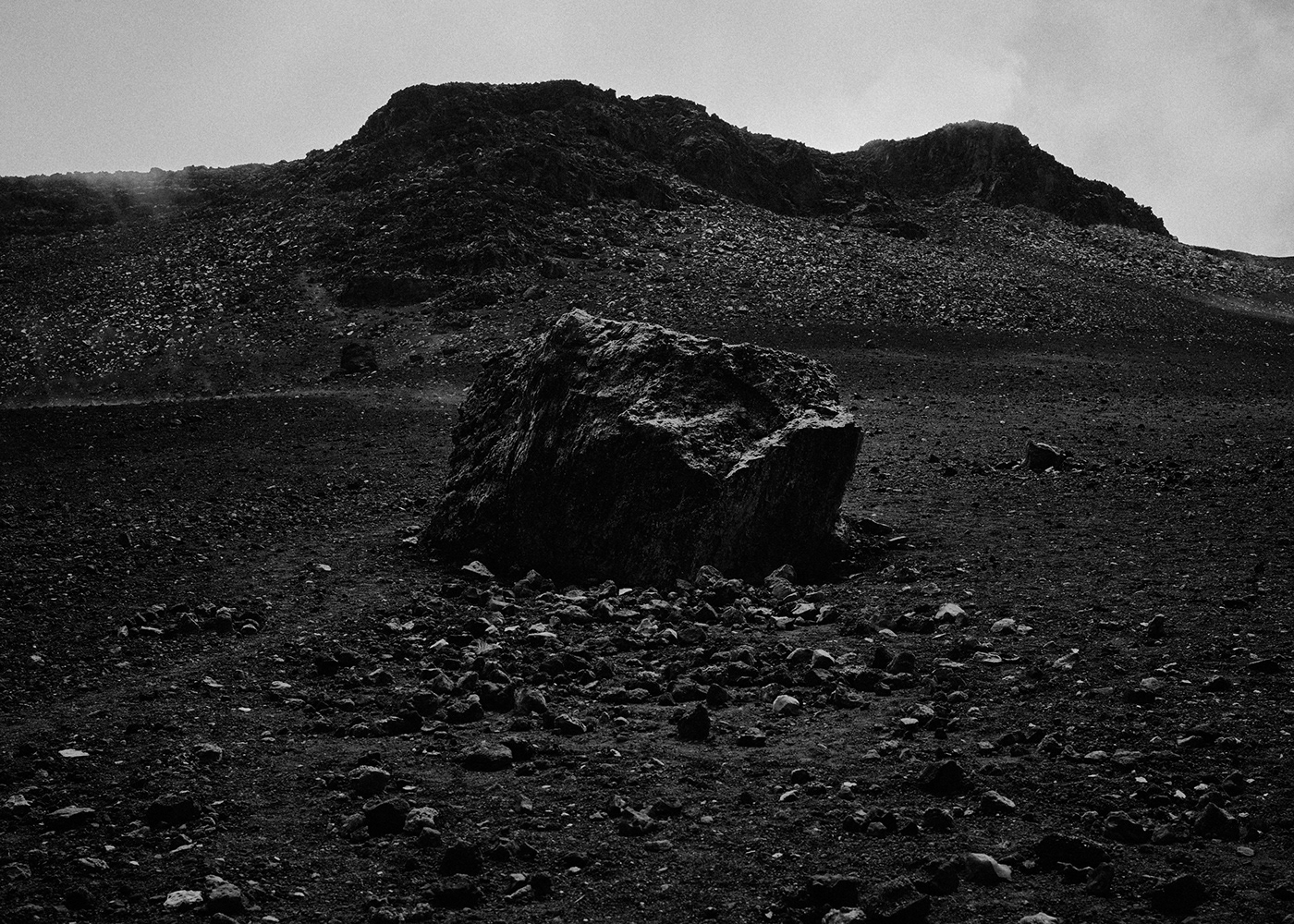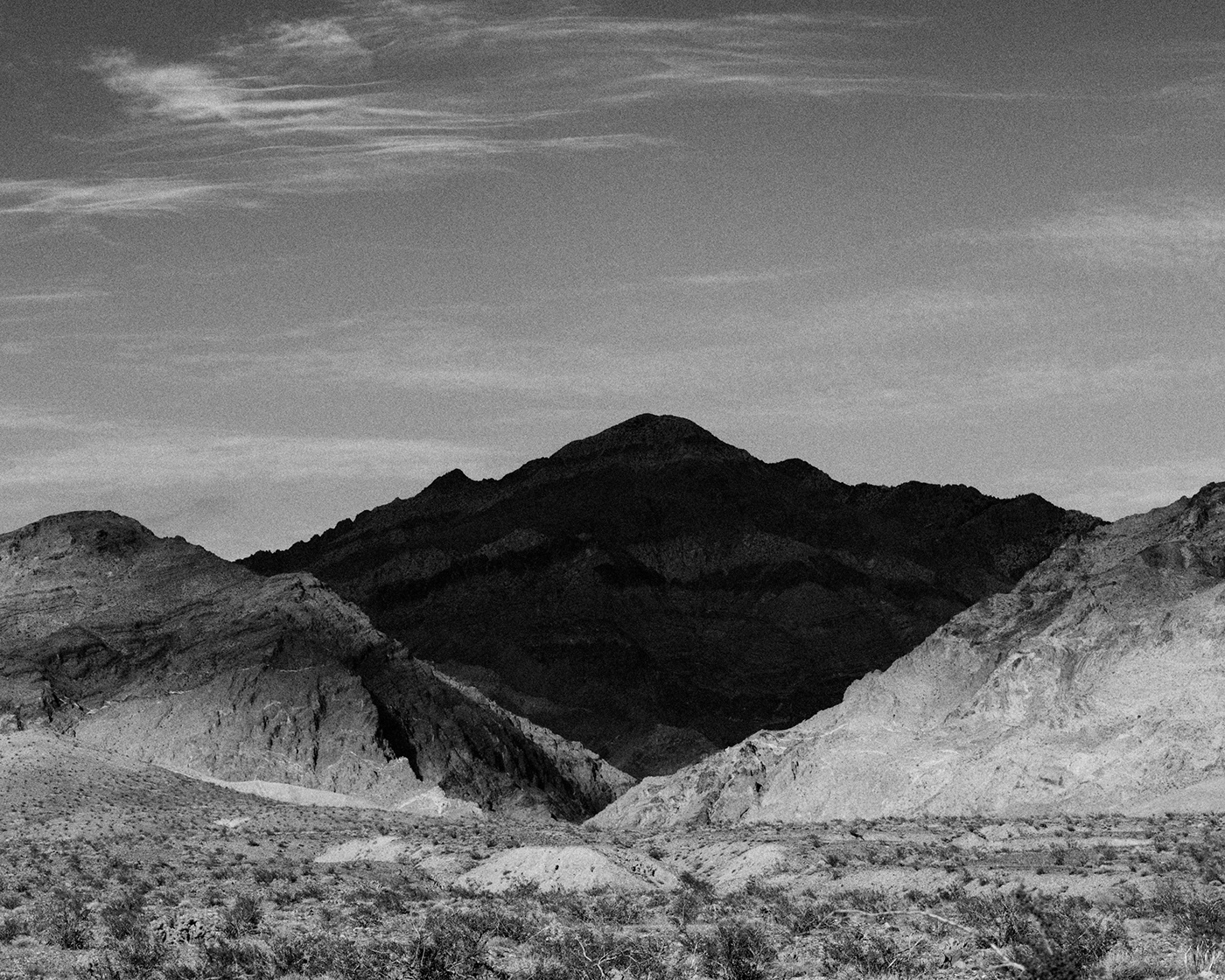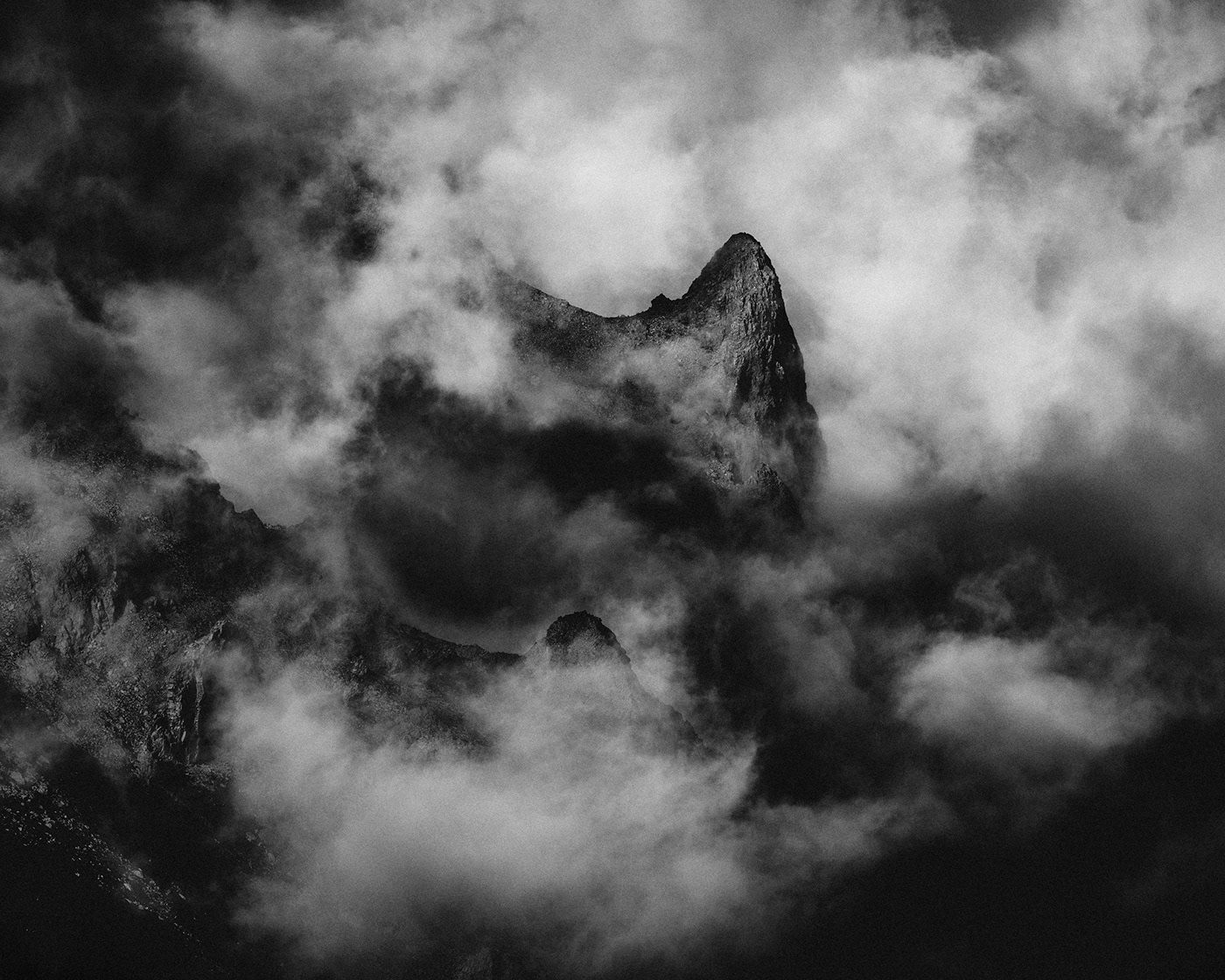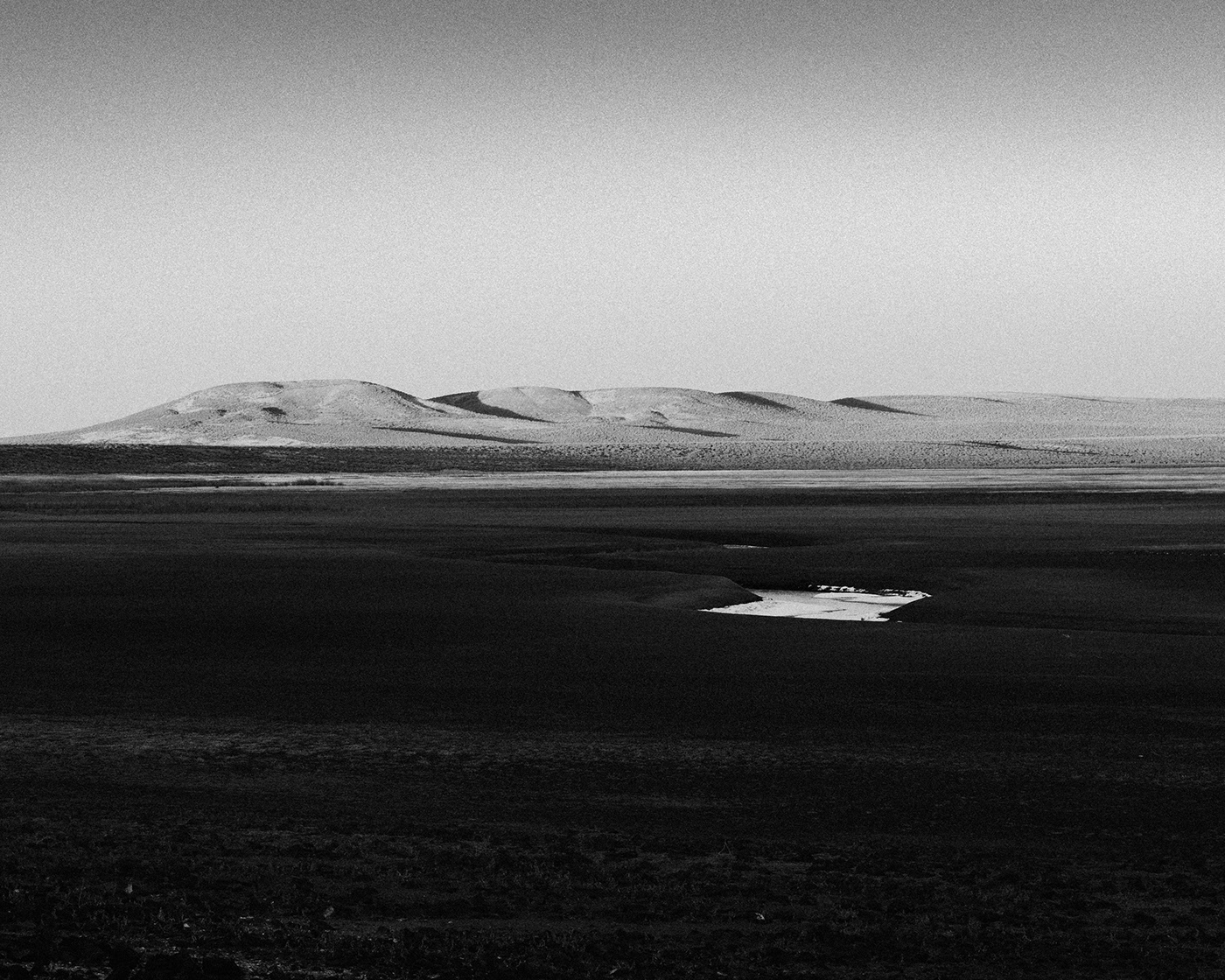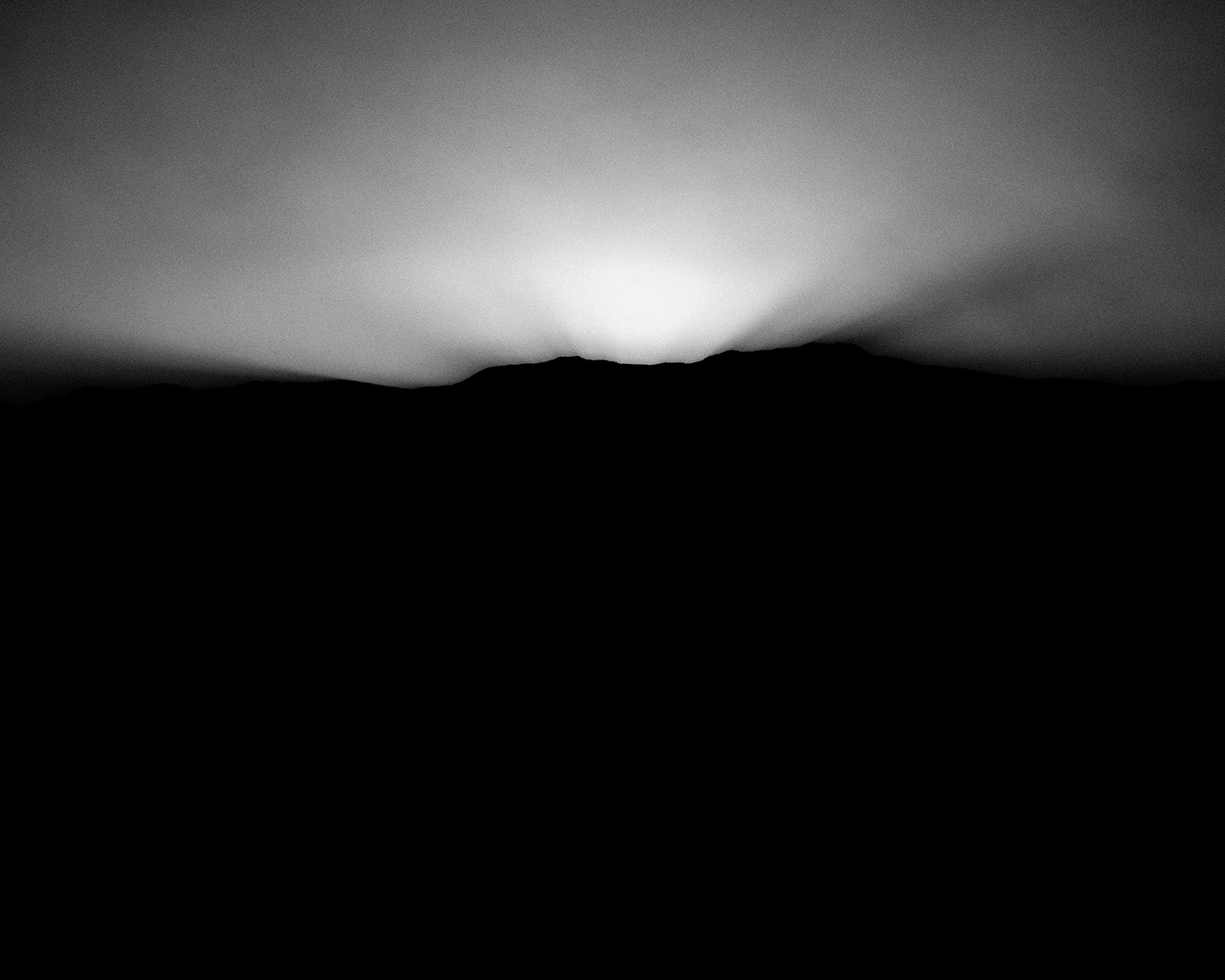
Universal Desert
We live on a rocky world. Its surface supports our weight and allows us to move over, across, and around it. Geological processes, obligated by the universal laws of physics, wrench and thrash on a planetary scale to shape, destroy, and remake this surface and its constituent metals and minerals into irregular forms through great gravity, pressure, and heat. Other rocky worlds, neighbors though still alien, have, too, been molded by processes leading to uneven and unique topographical features, fashioned with familiar yet still strange landscapes. Sharing largely the same ingredients, equipped with wind whipped atmospheres and common elements forged from the same fire, our badlands are not unlike their badlands. When we understand the barren parts of our world, we understand, at least in part, a Universal Desert.
*
Both informative and aesthetically interesting, color perception is an amazing adaptation. We use color information constantly to assess danger, differentiate good from spoiled food, match socks if we’re not colorblind, and enjoy the day’s beginning and end. The color we take for granted, however, is unique to us. We interpret color subjectively, not just individually, but also as a species. The “blue” of our sky is not a universal fact, but rather, a subjective one.
If color is indeed simply our brain’s way of interpreting and differentiating visible light of varying wavelengths, then a more objective way to view the universe may be to leave color out entirely. In a monochromatic image, value directly relates to greater or fewer photons reaching the receptor, independent of their minute differences in wavelength and their subjective interpretation by a given individual.
If we were to come across another species intelligent enough to experience and react to the images we create, how differently would they engage with our art, assuming they could at all? I enjoy wondering if monochromatic images would be the best way to find visual common ground.
Captured over 5 years between Hawaii, California, Nevada, Oregon, and Utah, this series of images is a study of geological forms, light, and texture.

